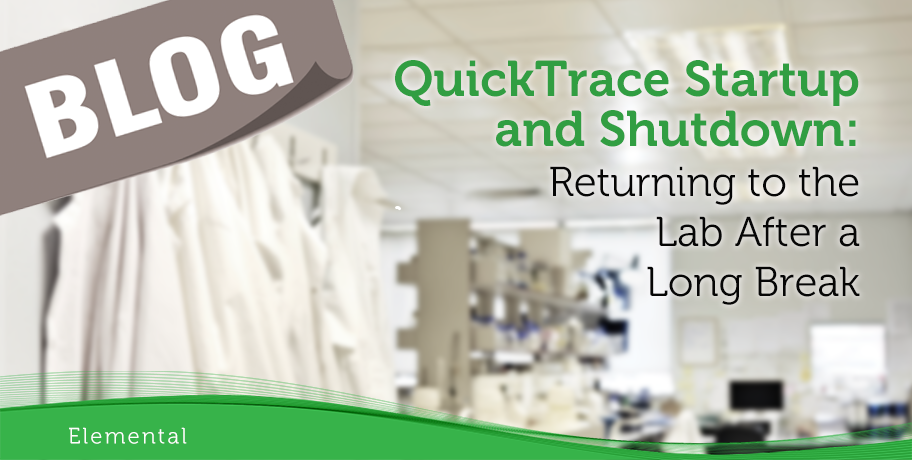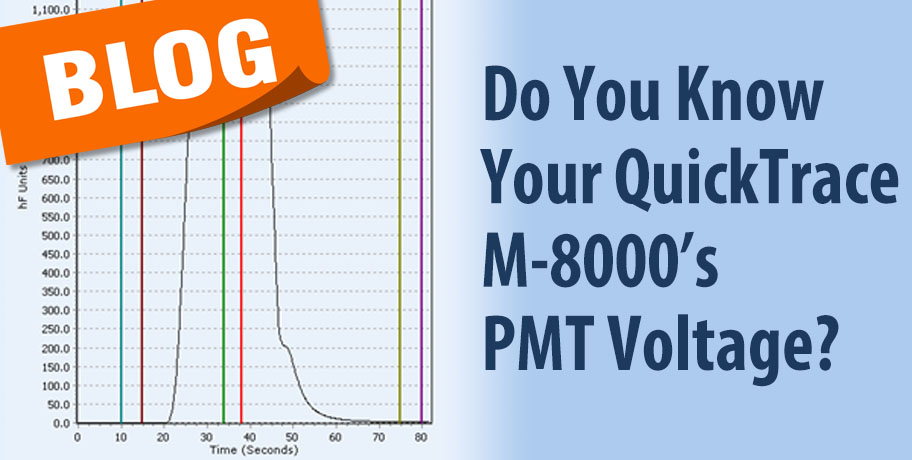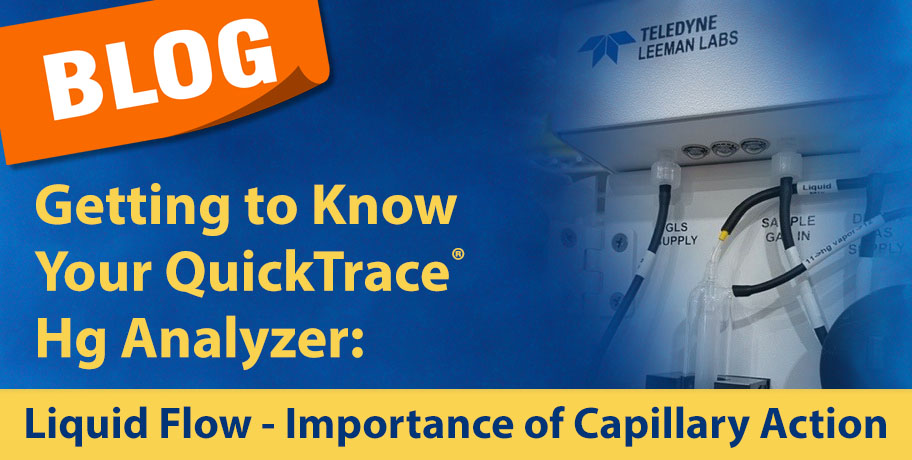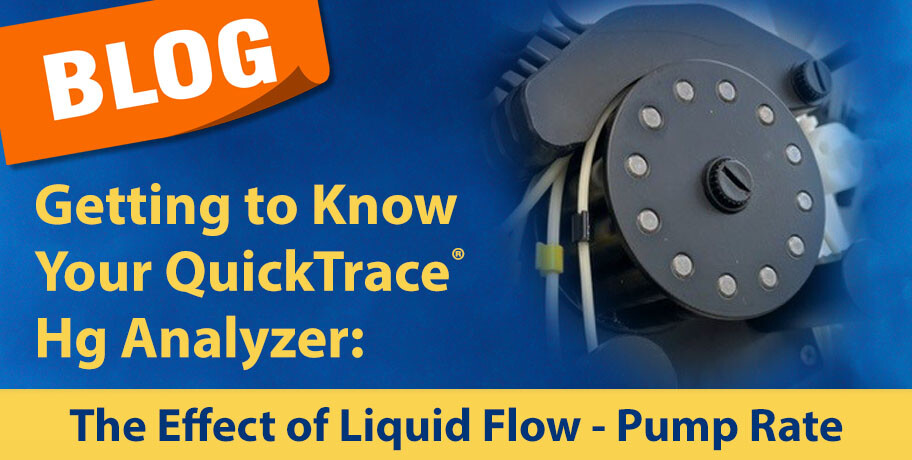Whether it’s for a long holiday weekend or a plant shutdown, instrumentation sometimes needs to be turned off for an extended period. If you and your colleagues will be away from your work for more than a few days, there are steps you can take to ensure a smooth startup when you get back to the lab.
Read MoreTeledyne Leeman Labs Blog
QuickTrace Startup and Shutdown: Returning to the Lab After a Long Break
Posted by Sara Kennedy on Jan 5, 2024 4:08:09 PM
Tags: CVAA, CVAF, QuickTrace
Mercury Stability in Hydrochloric Acid vs. Nitric Acid
Posted by Sara Kennedy on Jan 5, 2024 1:51:10 PM
Teledyne Leeman Labs has been in the mercury (Hg) analysis business for more than 30 years. We have had a variety of product lines reach new markets and address tighter regulations. In that time, one thing has remained constant across all our instruments: the need for accurate mercury standards to form the building blocks of the calibration curve. Analytical results are only as reliable as the calibration curve to which they are compared, and creating stable mercury standards comes with unique challenges.
Read MoreTags: Teledyne Leeman Labs, Hg analysis, mercury, mercury analysis, QuickTrace, hg
Going for the Gold: Benefits of a Gold Trap in Mercury Analysis
Posted by Aaron Keller on Jul 25, 2023 12:05:30 PM
The gold standard. Go for the gold. A gold medal.
Gold is highly prized for its beauty, as a measure of wealth, a jewelry mainstay and more. When it comes to the analysis of mercury, gold has a very particular value in obtaining data at the ultra-trace level.
Read MoreTags: Hg analysis, mercury analysis, QuickTrace, gold
We often get asked if there is an ideal photo multiplier tube (PMT) voltage for the QuickTrace® M-8000. The truth is the optimal value is unique to each instrument’s detector. It varies from instrument to instrument. During the initialization process, after connecting to the QuickTrace software, the M-8000 will select the voltage that is right for the PMT inside that system. This is the same process as clicking the Auto Select Voltage button in the Instrument Control menu. So, why is there another Set Volts option in that same menu?
Read MoreTags: Teledyne Leeman Labs, mercury, QuickTrace
Getting to Know Your QuickTrace® 7600 Hg Analyzer - Liquid flow: Pump Tubing (Part 3 of 3)
Posted by Aaron Keller on May 11, 2023 9:50:28 AM
This is the third in a three-part series on Getting to know your QuickTrace® — The effect of liquid flow.
To catch up on the other blogs in this series click the links below:
- Part one: Getting to Know your QuickTrace®: The Effect of Liquid Flow: Pump Rate
- Part two: Getting to Know Your QuickTrace® - The Effect of Liquid Flow: Importance of Capillary Action
Tags: mercury analysis, QuickTrace
Getting to Know Your QuickTrace® - The Effect of Liquid Flow: Importance of Capillary Action (Part 2 of 3)
Posted by Aaron Keller on May 2, 2023 3:58:24 PM
This is the second in a three-part series on the QuickTrace® .
Part one is linked here, “Getting to Know Your QuickTrace®: The Effect of Liquid Flow — Pump Rate"
The importance of the moment the liquid sample is introduced to the gas liquid separator (GLS) via the capillary cannot be understated. Read MoreTags: mercury analysis, QuickTrace
Getting to Know Your QuickTrace®: The Effect of Liquid Flow: Pump Rate (Part 1 of 3)
Posted by Aaron Keller on Apr 26, 2023 9:53:51 AM
There are always lots of factors when it comes to running any samples: concentrations present, liquid and gas flow rates, unit detection limits, to name a few. The liquid flow is highly important in the QuickTrace® M7600 and QuickTrace® M8000 due to the sample and reagents being introduced by the liquid flow. In this three-part series, we will focus on three major elements that can affect liquid flow: the pump rate, the capillary action, and the tubing.
Read MoreTags: mercury analysis, QuickTrace







